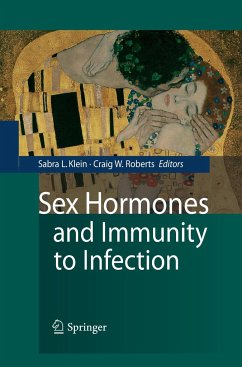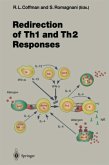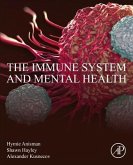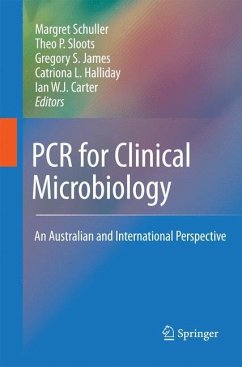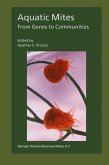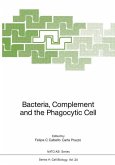Why sex matters
Among human and nonhuman animals, the prevalence and intensity of infection typically is higher in males than females and may reflect differences in exposure as well as susceptibility to pathogens. Elevated immunity among females is a double-edged sword in which it is beneficial against infectious diseases but is detrimental in terms of increased development of autoimmune diseases.
The present book critically reviews the evolutionary origin and the functional mechanisms responsible for sexual dimorphism in response to infection. It emphasizes the value of examining responses in both males and females to improve our understanding about host-pathogen interactions in both sexes.
The contributors are experts in their specific disciplines which range from microbiology and immunology to genetics, pathology, and evolutionary biology.
The book aims at bringing insight to the treatment and management of infectious diseases; it delineates areas where knowledge is lacking and highlights future avenues of research.
Among human and nonhuman animals, the prevalence and intensity of infection typically is higher in males than females and may reflect differences in exposure as well as susceptibility to pathogens. Elevated immunity among females is a double-edged sword in which it is beneficial against infectious diseases but is detrimental in terms of increased development of autoimmune diseases.
The present book critically reviews the evolutionary origin and the functional mechanisms responsible for sexual dimorphism in response to infection. It emphasizes the value of examining responses in both males and females to improve our understanding about host-pathogen interactions in both sexes.
The contributors are experts in their specific disciplines which range from microbiology and immunology to genetics, pathology, and evolutionary biology.
The book aims at bringing insight to the treatment and management of infectious diseases; it delineates areas where knowledge is lacking and highlights future avenues of research.
From the reviews: "This book highlights the differences between males and females in their susceptibility to infection with viruses, bacteria and parasites. ... This is a well-structured and eminently readable book. Those interested in the pathogenesis of infectious disease will find this a welcome addition. Recommended for institutional purchase as students will find this a useful reference source." (Anthony Nash, Microbiology Today, August, 2010)

